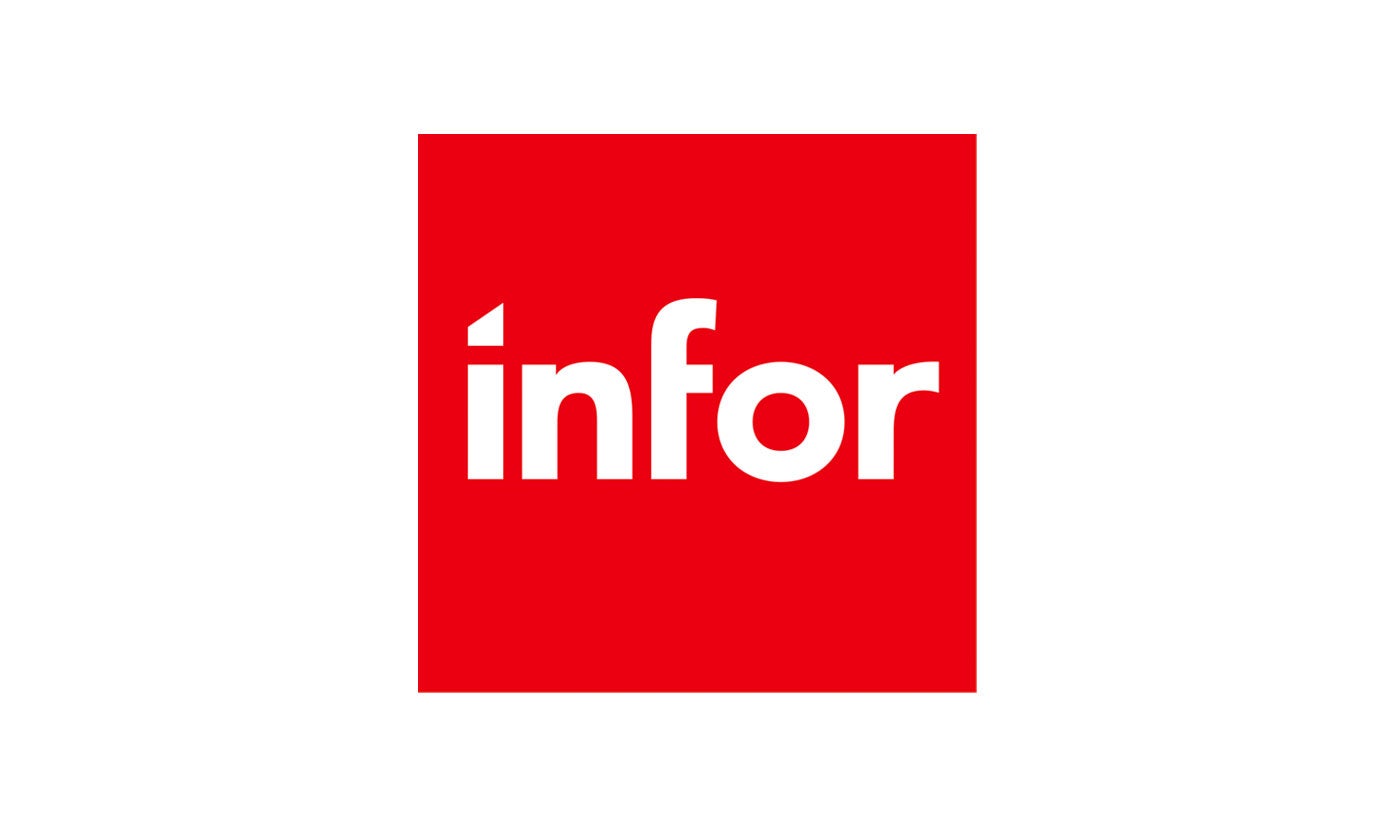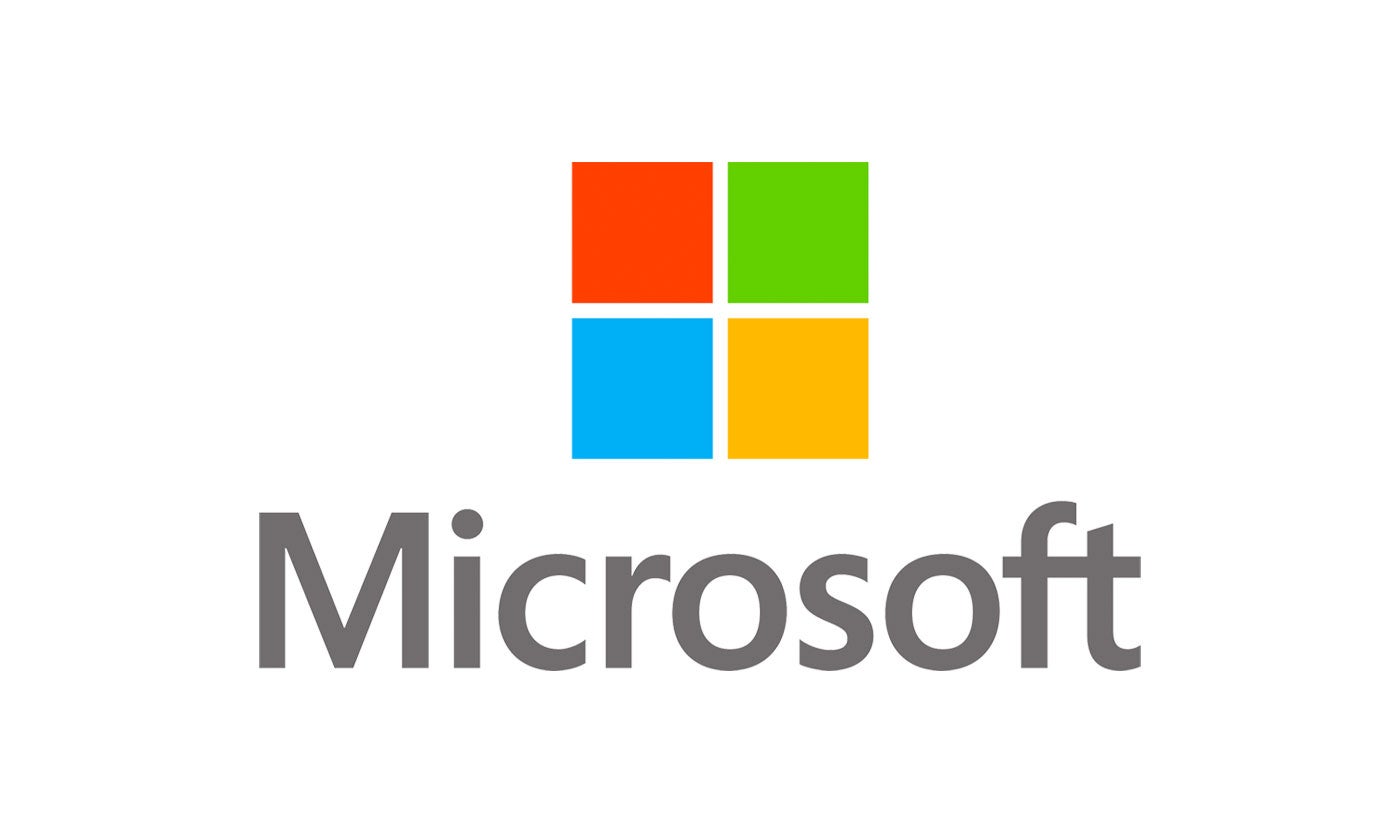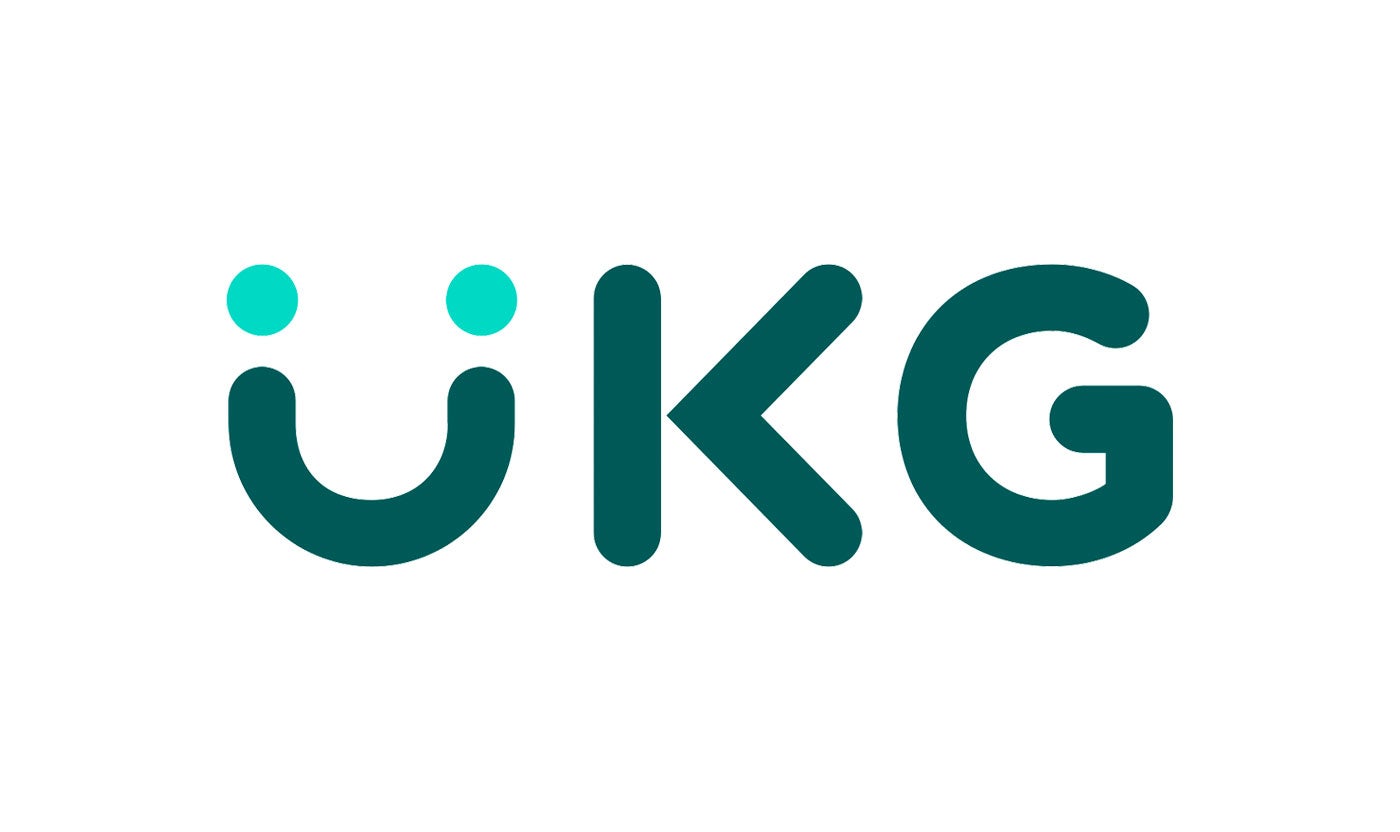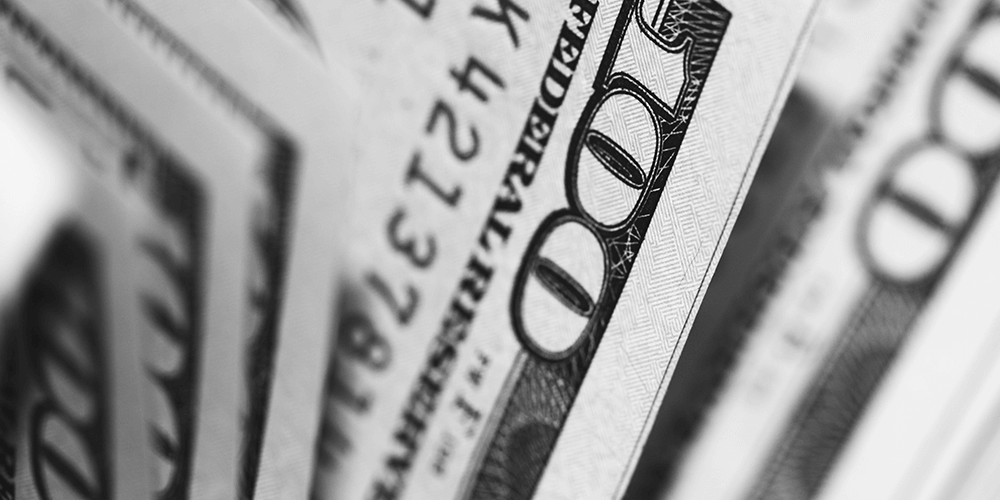





Accelerate hiring key talent to deliver care and exceed patient satisfaction.

Attract skilled candidates, speed up hiring and grow expertise in your workforce.

Simplify recruiting finance and banking talent with a platform for hard-to-fill roles.


Build a talent pipeline that engages and drives your business forward.


See how diverse and global enterprises use iCIMS to employ millions, drive innovation and connect communities worldwide.

Learn how a beloved restaurant hires 40,000+ annually with a great candidate experience.
Uncover unique market insights, explore best practices and gain access to talent experts across our library of content.


View press releases, media coverage, the latest hiring data and see what analysts are saying about iCIMS.


Streamline your tech stack and take advantage of a better user experience and stronger data governance with ADP and iCIMS.

The combined power of iCIMS and Infor helps organizations strategically align their business and talent objectives.

Our award-winning partnership with Microsoft is grounded in a shared desire to transform the workplace and the hiring team experience.

Our partnership with Ultimate Kronos Group (UKG) supports the entire talent lifecycle by bringing frictionless recruiting solutions to UKG Pro Onboarding.

Despite the mixed headlines, the July jobs report was a strong one. Various details and simple adjustments tell the tale, from specific industries — notably manufacturing — to wages. There was no sign that trade tensions are slowing job growth, and the household survey indicated that labor demand remains robust enough to push employers to continue reconsidering their hiring requirements.
The Highlights:
The Rundown:
The Outlook:
The Federal Reserve’s policy statement already sucked the wind out of this report. With policymakers’ hand-waving about recent unemployment prints staying low and inflation remaining near 2%, and market-implied expectations for a hike in September above 90%, there’s little mystery here. The December meeting is the big question mark, and we have months of data between now and then. More touch-and-go are the wage numbers and any signs that trade tensions are having an impact, for which all eyes will remain peeled. In the meantime, look for more signs of employers getting creative as they struggle to attract workers while managing their costs





